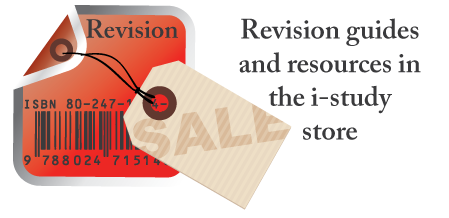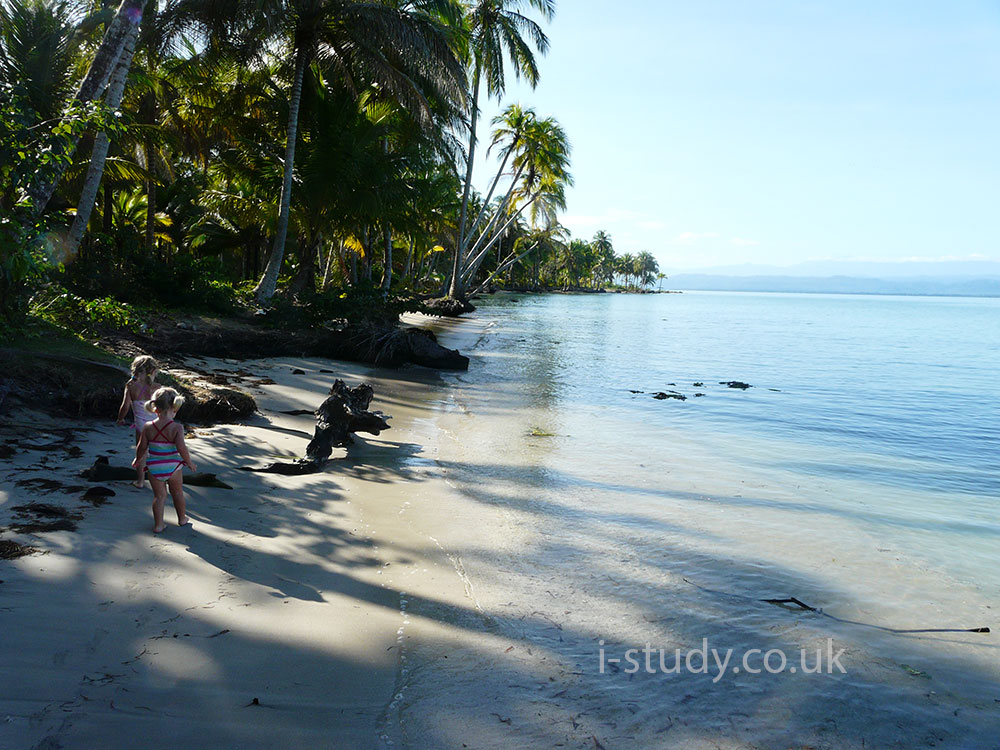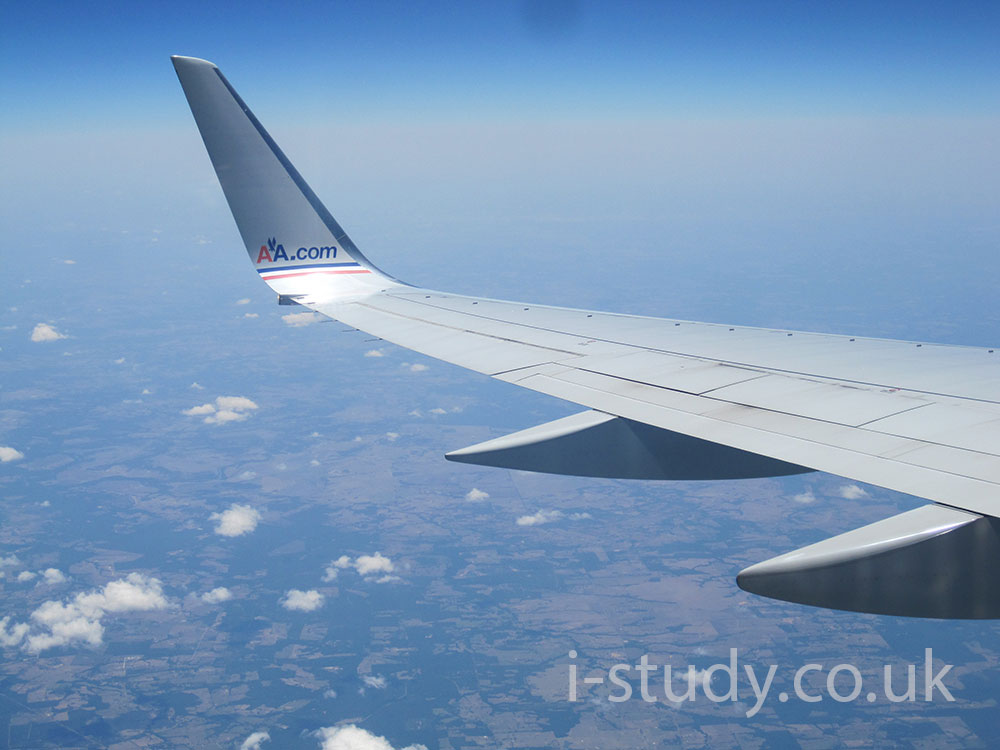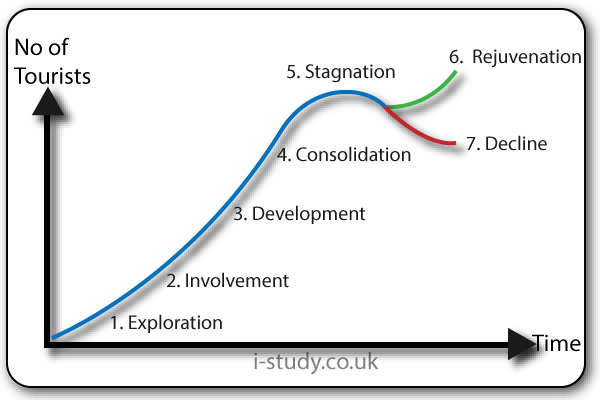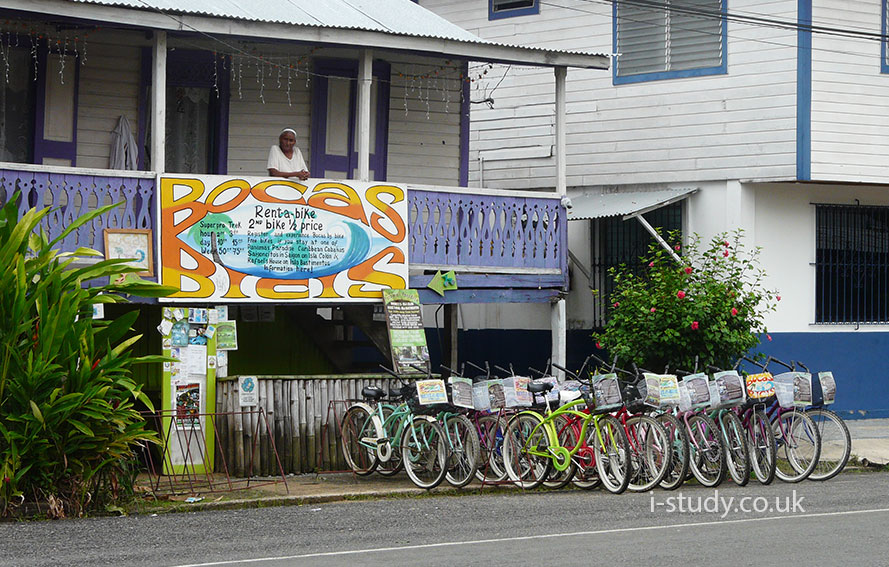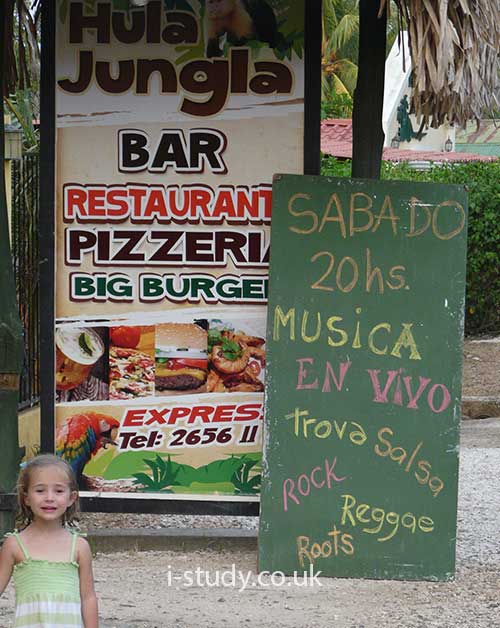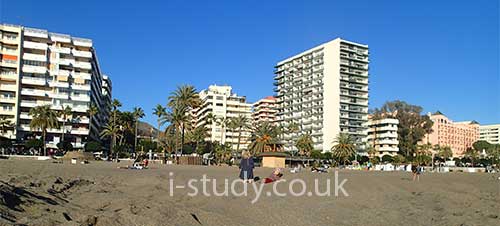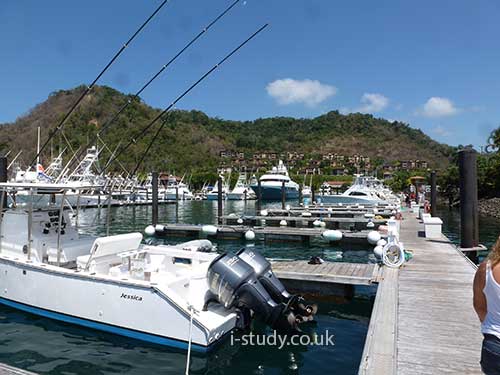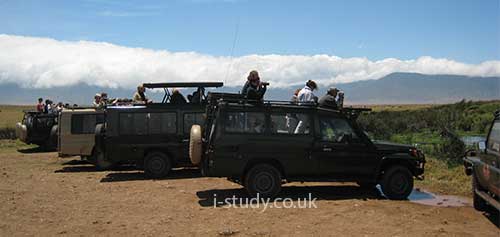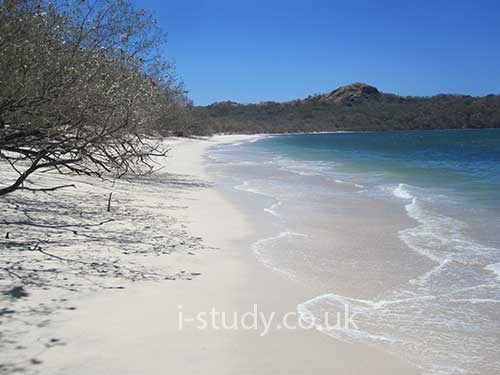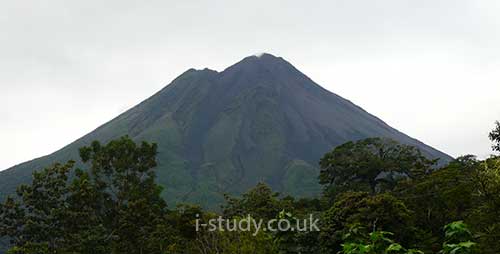Tourist Attractions
Tourism is one of the largest, fastest growing and most important industries in the world. It plays a role in distributing wealth between MEDC & LEDC countries and offers jobs/an income to millions of people with limited skills and education.
Tourist: Someone who travels somewhere for pleasure on short term basis.
Countries are able to develop tourism industries based on a variety of attractions such as:
Environmental such as beaches, rainforest, volcanoes, mountain ranges, endangered wildlife.
Cultural aspects such as dress/dance/cuisine/religion - many people visit Argentia for cultural experiences.
Historical sites which attract many tourists to European cities such as Rome, Athens, Paris and London.
